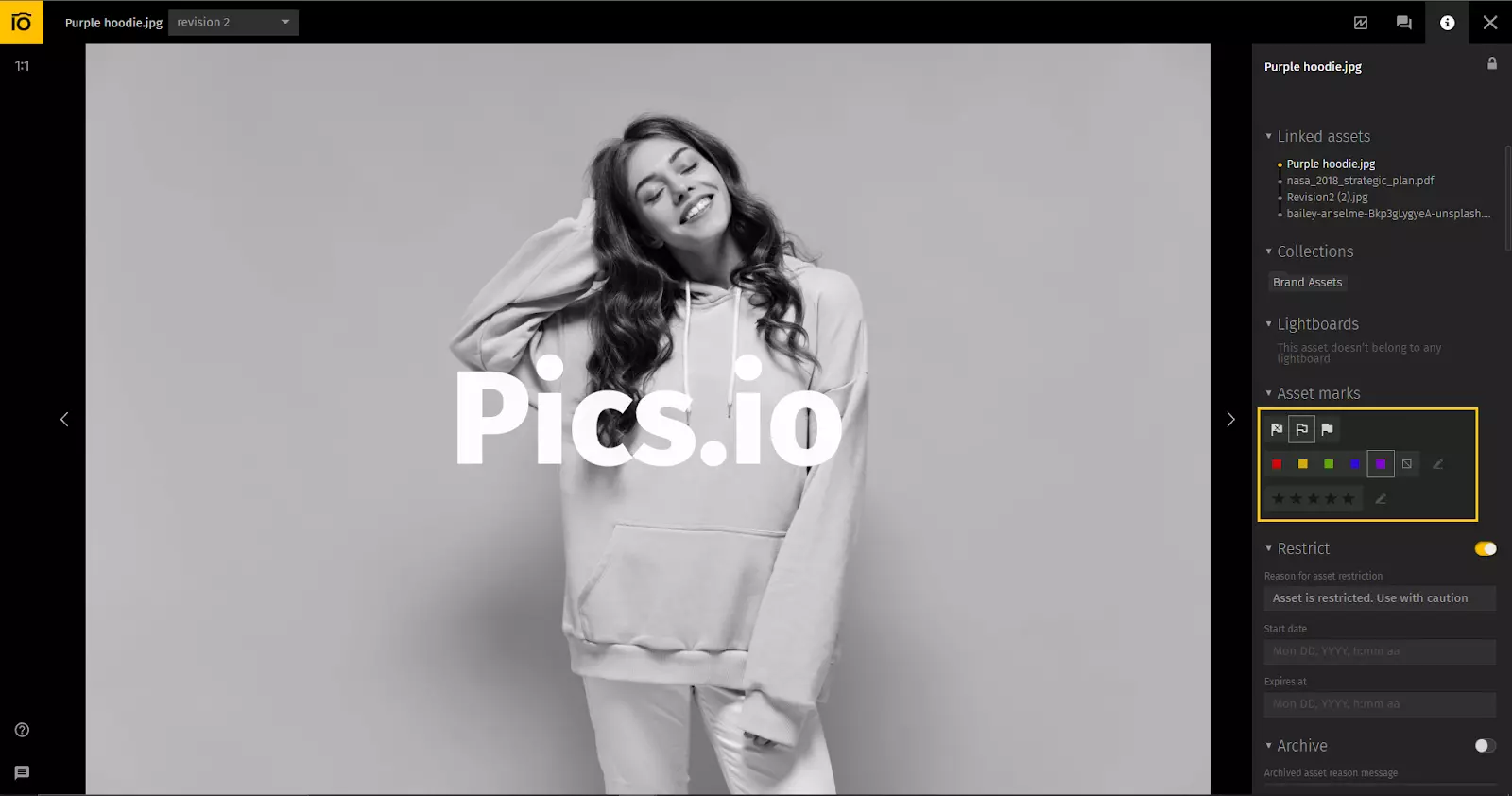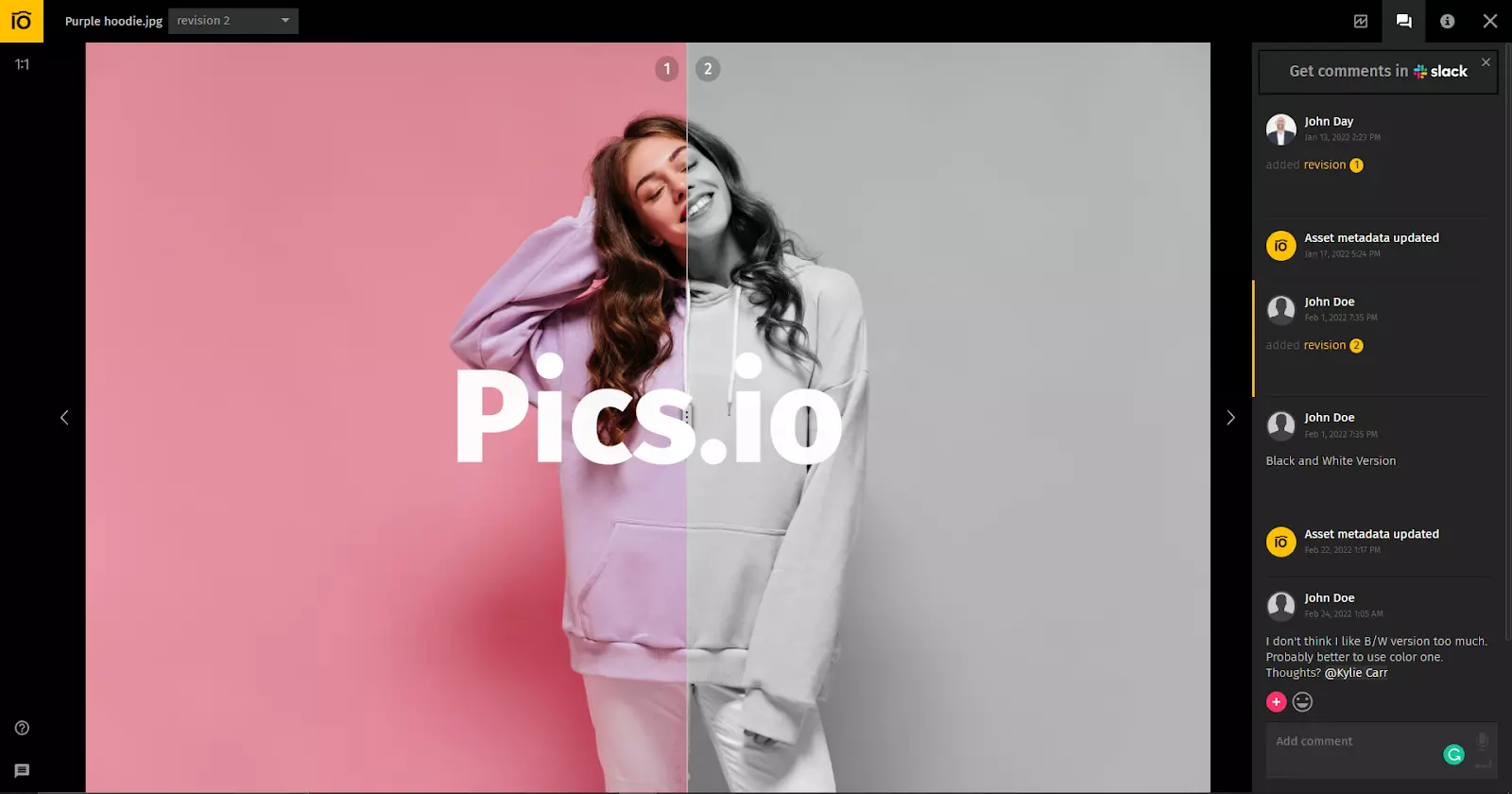In this article, you’ll learn:
Over the last few years, the workspace environment has become more remote and digital. Offices replaced with the comfort of your own bedroom, long commutes by extra hours of peaceful sleep.
For as much as we all love working in our PJs, here’s one major problem with remote work - it makes workers feel disconnected and unable to collaborate properly. Surveying the British workforce, Buffer had found that 20% of them feel lonely due to remote work. Inability to speak and stay in touch with your colleagues does not only make one feel as if they are working solo but may also have unpredictable impacts on productivity.

Indeed, while the general sentiment is that remote workers are happier and more productive, the problems begin to occur once we delve into the territory of collaborative work. Work from home allows for a more flexible schedule but reduces synchronicity. You might not hear from your teammate until the next day because you are beginning to crunch right after they signed off for a day. When you need to work on something with a tight schedule, this becomes an issue. A lot of companies haven’t completely adapted to the intricacies of remote work yet. The tools they rely on - emails, messengers, etc. - need both parties to be online to get anything done.
Let’s say that I’m working on a new article for my blog and I need to grab an image from our designer that is offline at the moment. Because they tend to keep files on their computer, I need to wait for them to come live and I might not have that luxury due to my schedule.

Or I want to get feedback on a new infographic that I’ve been working on. With conventional tools - such as Slack or email - I’ll have to send an image as an attachment, and receive feedback as a comment or a follow-up email. Not that bad for simple edits, but if we’re talking about complicated projects that require revisions, such an approach quickly turns to chaos. To see what has been changed between iterations or simply staying on track with the commentary requires a lot of scrolling through long-winded threads and actually keeping all discussions in one Slack thread. And we all know how that works out, usually.
The solution to these problems is Digital Asset Management (DAM), such as Pics.io. Modern DAMs act as a central repository for your digital assets (pictures, videos, photographs, infographics, etc.). After setting up the work environment once, you’ll get access to your assets anywhere and at all times while also boosting your asynchronous collaboration capabilities.
Collaborative Shared Workspace: Never Ask for Assets Again
Sales, marketers, designers - everyone works with digital assets almost on a daily basis but to different extents. Designers create mock-ups and interact with work-in-progress versions of the assets. Sales and marketers need final and approved versions to prepare their presentations or social media posts. The latter is especially time-sensitive as SMM marketing has a high content turnover, with posts going out 2-3 times per week.
In such an environment, any setback causes a problem, even the one caused by conflicting schedules of designers and marketers.
Only, creating a centralized content repository isn’t enough in this situation. Conventional solutions do not give intuitive tools to distinguish between unapproved and ready-to-go assets. Really, the only way to mark assets as such is by creating a deep and complex tree of nested folders. That may seem sensible but we have to remember: we are all humans. Sooner or later, someone is going to misplace an asset. At best, leading to some awkward emails. At worst from fines and lawsuits from content rights owners whose content (stock images, for instance) has been misused for commercial purposes.
Digital Asset Management solves these issues in a two-fold way. On one hand, you have roles & permissions that allow you to dictate the content that each role in your organization (designer, marketer, etc.) can see.
So, let’s say you have a folder called Draft Projects. By setting up permissions, marketers, and sales (i.e people that don’t really need to bother with something they cannot use) won’t see it all.
There are also circumstances that call for an additional layer of distinction. Perhaps your marketing team consists of multiple teammates, so how do they split the goods between them to avoid repetitions? For this and other scenarios, you can use visual markers that let everyone know the status of the asset. There is no one correct way to use it. For example, you can use blue color to signify that “hey I’ve taken this asset already”, while your colleague can use the green color for the same purpose.

There is also an option to make assets restricted or tag them with watermarks to inform everyone that these assets should not be used for one reason or another.
Sharing Assets Outside Your Collaborative Online Workspace
Not everyone has in-house designers or marketers. It is not uncommon to outsource these tasks to third-party agencies and designers. They don’t have access to Pics.io and all its magic, so does that mean that we are back to square one with email back and forths?
Of course not.
When it comes to receiving assets directly into your digital library from external collaborators, Pics.io solves these problems by providing you with an elegant Inbox functionality.
You can set up an inbox so that freelance designers can send you images as soon as they’re ready and you can just link them from there directly into the collection that you need.
If you want to share assets with, say, a marketing agency so that they can do their SMM magic, that’s a job for Websites. Websites transform your collection into an interactive branded website. Anyone with a link can view, download, and comment on assets (depending on which permissions you define). So matter who is online and who isn’t you can always get to the assets that you need at this very moment.
Virtual Coworking Through Digital Asset Management
What about collaborations though? Commenting and notifications allow you to tag people directly on the asset and they will receive a memo through multiple channels (Pics.io, Slack, email). When work on the asset is hard and tenuous this saves a lot of time as you can clearly see all the changes and comments without taking your eyes off the asset.

Not to mention that you can always click on the previous revision to see what has been changed. Version control even allows you to compare these iterations visually side-by-side with an option to revert to the previous revision whenever you need.
When it comes to digital assets, this feature is even better than face-to-face coworking as it stores all information and progress that has been done without a need to write meeting summaries, maintain separate notes or keep that information in your head.

Designers, meanwhile, will certainly appreciate Pics.io’s robust integrations, with Adobe Suite specifically. Using the Adobe plugin, they can access Pics.io straight from their Photoshop meaning that assets will never be misplaced in the limbo of their personal computer. So, these inconvenient scenarios of “John forgot to send final image to a cloud” will be a thing of the past.
The workflow becomes borderline automatic:
- Ashley from marketing tags John, the designer, on the asset that they’d like to see changed
- John gets a ping on Slack, boots up his Photoshop, and navigates straight to the asset that they need, without digging through email attachments or nested folders
- They change the asset, save it as a new revision, and Pics.io does the rest.
If that sounds simple that’s because it is.
Transform Your Virtual Coworking Space Today
Ultimately, remote work isn’t going anywhere in the foreseeable future (as a proponent, I hope never) so might as well make it as comfortable and convenient as remote work on-site co-working hubs.
What Pics.io does is that it doesn’t try to replicate the experience of the physical interaction but taps into the potential and specifics of the online digital workspace. Instantly swapping to previous revisions, accessing assets from anywhere, managing permissions and roles with minimal input - whiteboards, meetings, and being in close proximity cannot do that…but Pics.io can.
So, why not take it for a spin and see for yourself how it can help you make your virtual coworking actually feel as such? Take a free trial or book a demo with us, we’ll be more than happy to have a chat with you. See you there ;)
Curious? Learn more about Pics.io or book a demo with us and we'll answer all of your questions!



